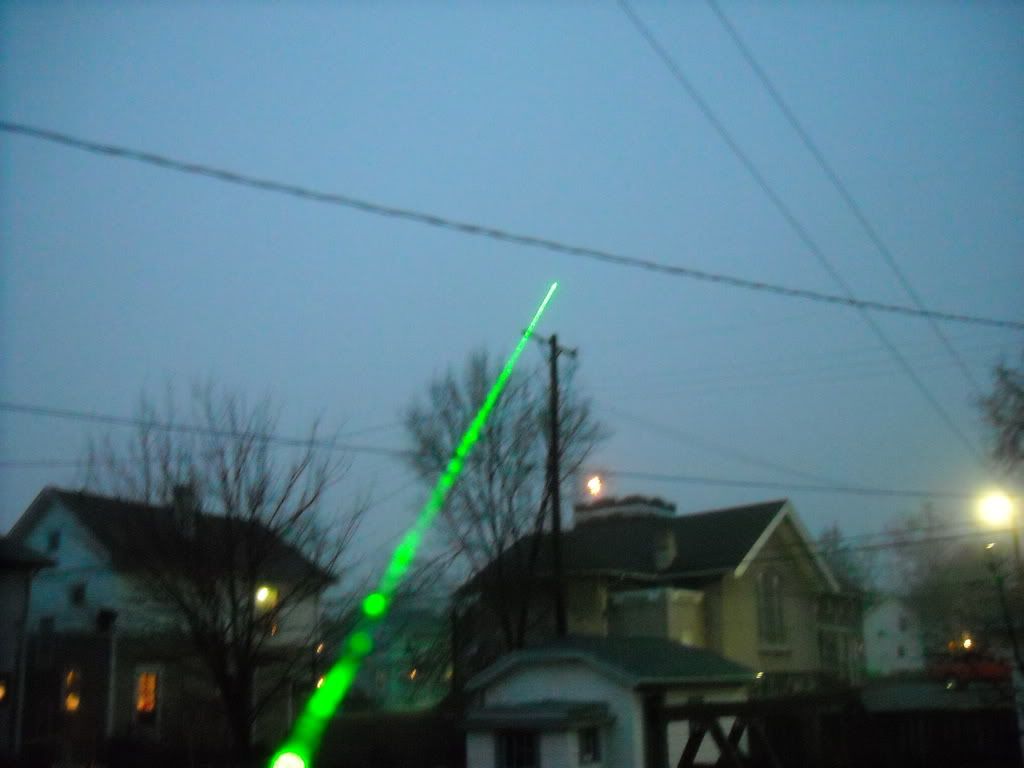I've also wondered about that. I found a website that explains the reason that the beam appears to end:
"So why DOES that beam of light simply stop at the target, instead of fading out in the distance, or seeming to go on "forever". Well, the answer's obvious if you do the math. If the laser is one foot away from my eyes, to the side, and I'm looking towards the "end" of the beam, then we can start to think in triangles, where the base is 1 foot long. If I look at a point 100 feet along the beam, then we have a tall skinny triangle with sides of 1 foot, 100 feet, The small angle for this triangle is 0.57 degrees. That's the angle between my sight line and the laser beam. But that means that the other angle is 89.42 degrees. The first 100 feet of beam covers 89.42 degrees of view to my eye. Let's look a thousand feet down the beam. We now cover 89.94 degrees of our field of view. Going ten times farther filled an additional 0.37 degrees of our field of view with a beam. At 10,000 feet, we get to 89.99 degrees - and we gained 0.05 degrees or three arcminutes. Beam-of-light technologies claims their beam from this product reaches 25,000 feet. If that's the case, then the additional 15,000 feet past what we just calculated will add 0.003 degrees to our view of the beam, or 10 arcSECONDS. "
"The first 10,000 feet gives us a laser beam across almost 90 degrees of our view. And the next 15,000 feet of beam visually lengthens the visible beam by a size smaller than the disk of Saturn, Jupiter, or Venus. In other words, while the beam is fading out gradually, the part of it that we can actually see, the close part goes almost all the way to where we're pointing, while the long long section that fades out, adds almost no visible length to the beam. Even the section of the beam starting after one thousand feet away only lengthens the visible beam by the size of a crater on the moon that's too small to see with the naked eye. "
I'd post a link to the source, but the forums won't let me since I haven't made enough posts. It's at hea-www dot harvard dot edu/~fine/opinions/z-bolt-6plus.html





